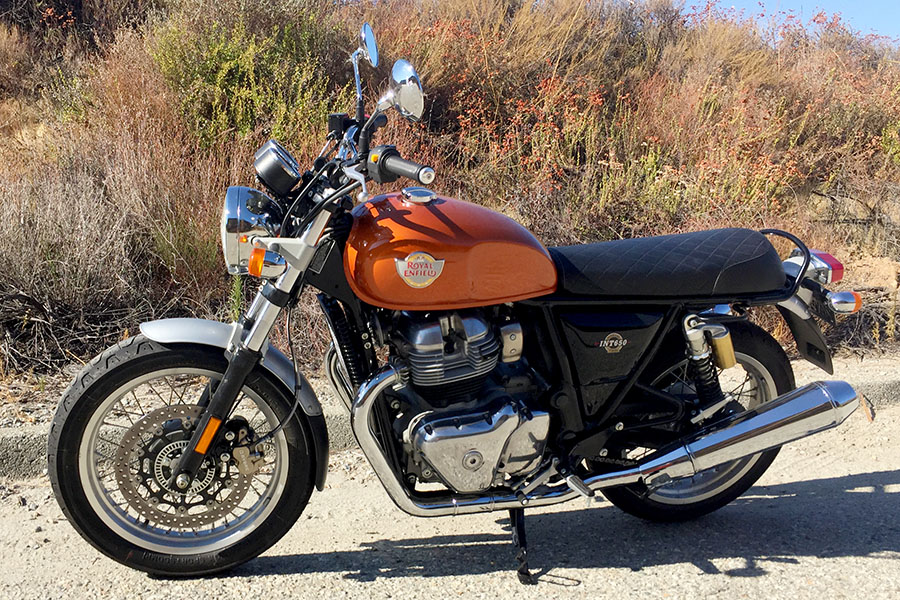You probably remember good buddy Arthur Benjamins’ guest post on the Smith and Wesson Model 29. Arthur is an artist who recently created a beautiful painting highlighting the iconic 1911 .45 auto (a frequent topic here on ExNotes). He volunteered to do a guest column for the blog and we were quick to say yes. Enjoy, my friends.
Looks That Could Kill
The lady’s expression was thoughtful and disapproving. She stood arms crossed with a stance that parents would adopt with their young child who hadn’t properly screwed back the top on the peanut butter jar. If my junior school teacher had given me that same glare, I would have been guilty of shouting out the correct answer before raising my hand.
The subject of the lady’s gaze was my latest painting on show at the Arizona Fine Art Expo – my image graphically depicted of one of the USA’s legendary man made objects. 2.5 lbs of steel which could fit inside a coat pocket – The famous Colt .45 Automatic Pistol.
When Colt started production in 1911, no one would have guessed the impact it would have on the USA and the industrial world. It would be further immortalized in films, songs, books – and like the AR15, it would find its way into history and folklore. This was no ephemeral object. From an engineering point of view, the venerable Colt .45 pistol is a true work of art, and of the 2.7 million produced from 1911 onwards, all wartime specimens now command premium prices.
A Legend Comes to Life Again
One of the other artists offered to bring in his own for reference details, and the following morning he thrust a mint condition 1911 in a small cardboard box into my thirsty hands.
Thanking the good Lord for the USA’s freedom and Second Amendment, the mere possession of this object would have automatically produced a 5-year custodial sentence in the UK – a once-proud country in which I had lived for four decades and where I had sadly experienced firsthand the contrived and rapid deterioration of the firearms law and the victimization of the British shooting sports members.
However, I wanted to depict this highly developed, three-dimensional jigsaw puzzle and convey its iconic status. The voice of action imagery contributes highly towards a visual impact, but that was not what I was looking for. I chose a harmonious and nestling triumvirate in red, white and blue along with similarly hued starred and swirling banners on a field of noble silver.
The great Andy Warhol would have smiled enigmatically at my painting, and have said something cryptic to me. He would have used three individual images himself and have colored them similarly but my own selective abstraction had steered me away from his own repetitious trademark productions.
However, I gladly accepted his spiritual input which he would have welcomed as it was not widely known that as his own portfolio grew, he was forever running out of ideas, turning to others for renewed inspiration.
Beautiful Memories
At the Expo, it was amazing just how many viewers lamented having gotten rid of their beloved Colt .45 many years ago or wished they had owned one in a time when were considered as surplus and you could barely give them away. I encountered several moist eyes and stories of proud ownership. I was one of those myself years ago, but the UK handgun legislation in 1997 ended all that.
One of the Vietnam vets at the Expo’s American Healing Arts Foundation openly carried a customized 1911 on his hip. It remains one of the ‘carry’ favorites for a great many Americans who refuse to accept anything else.
Feeling I really needed to give the lady more input, I gently approached and said that the last ten years had seen a great upswing of women who had taken up the shooting sport to become proud and responsible gun owners.
“Mm-mm,” she mused, giving me a difficult look. Her brow had furrowed when she returned to the painting. She looked back at me, “We have friends,” she spat, “And THEY have a gun!” With that, she turned on her heels and disappeared from view.
“Only ONE?” I smiled, and with that I straightened Nineteen Eleven on my easel, adjusted the label and awaited further memories from discerning visitors.
You just can’t win ‘m all.
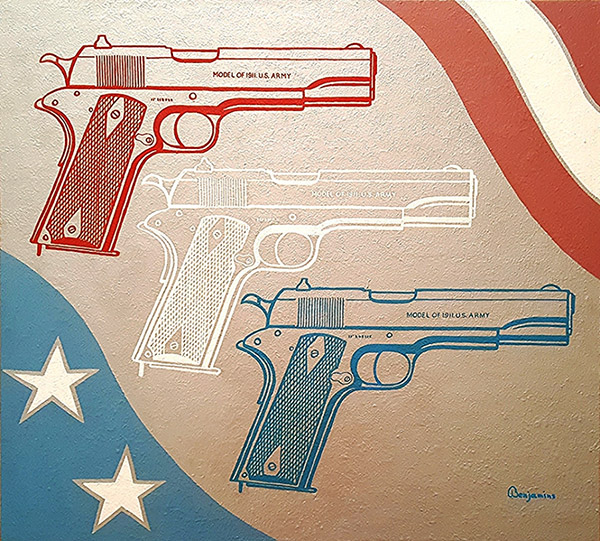
Title: “NINETEEN ELEVEN”
Size: 29” x 32” x 2”
Medium: Acrylic paint on wood.
Value: $5950
For all inquiries, please contact Arthur directly.

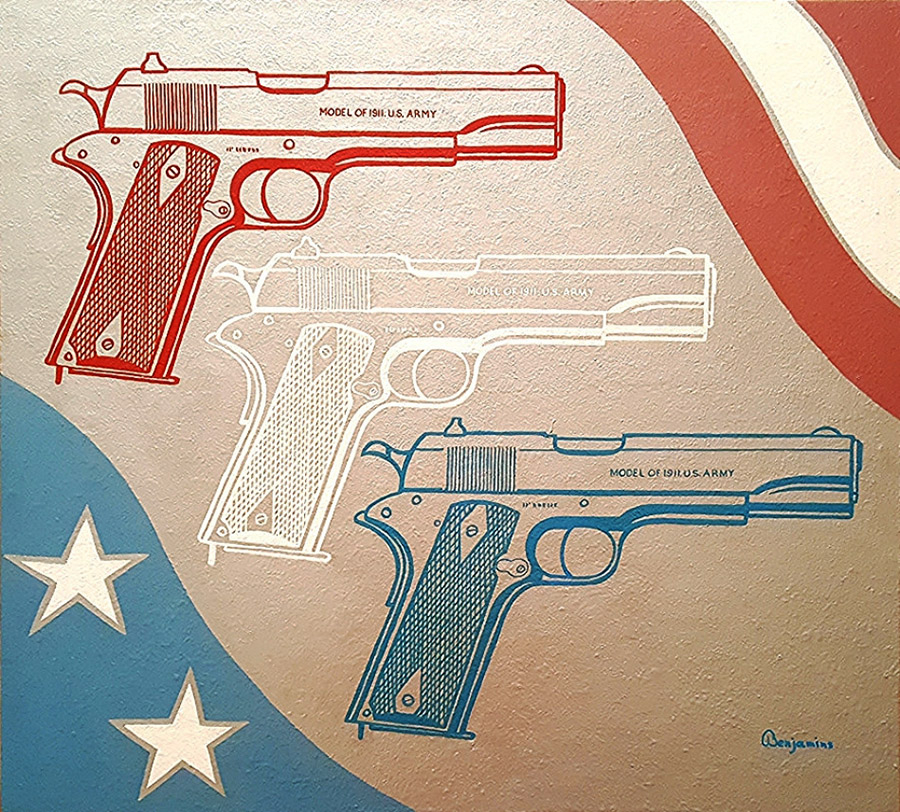

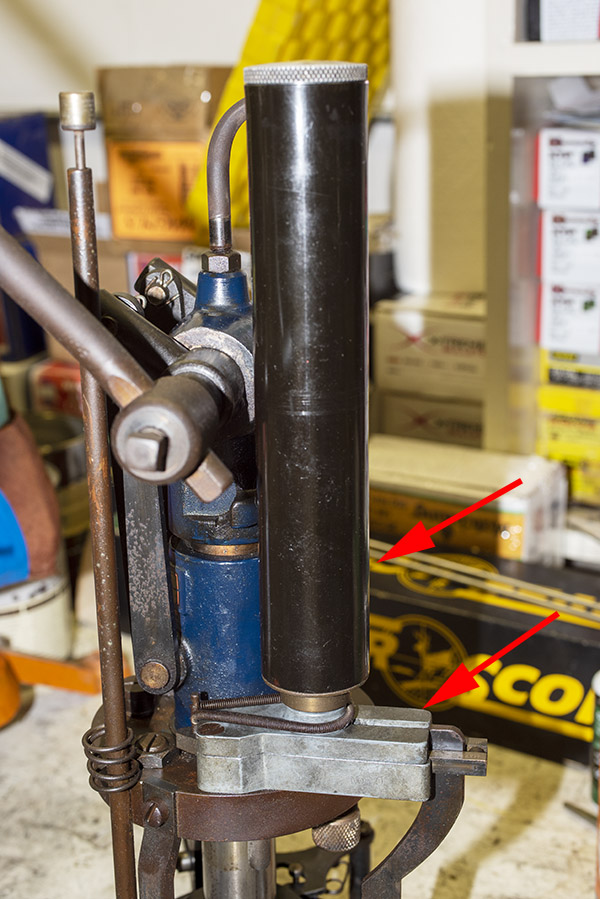
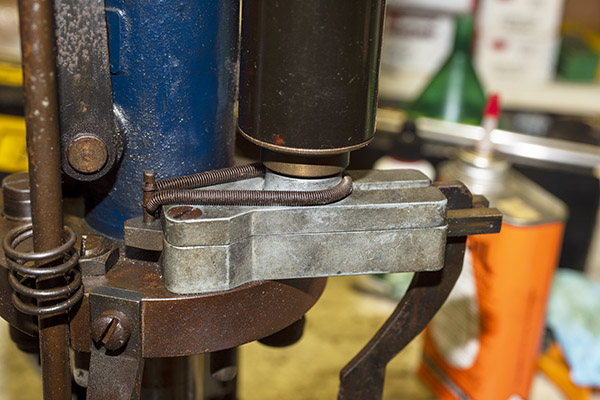
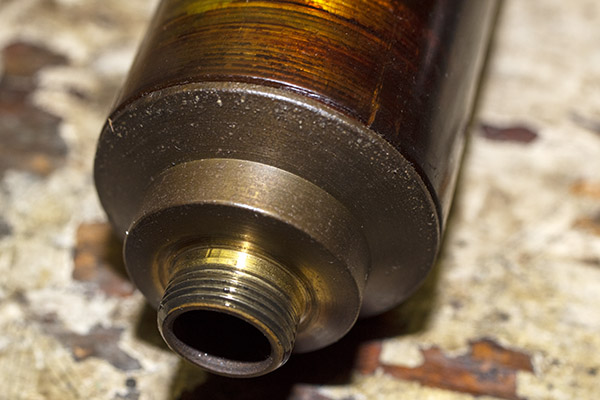

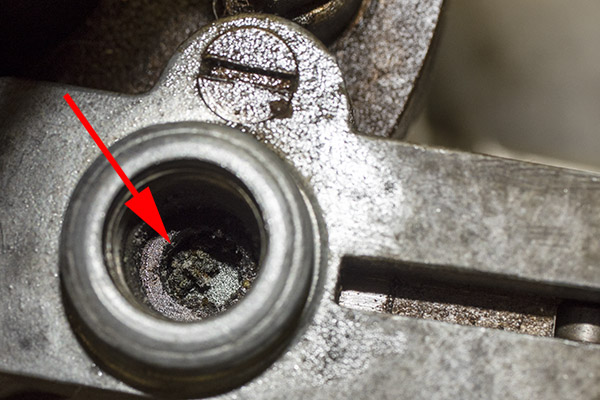
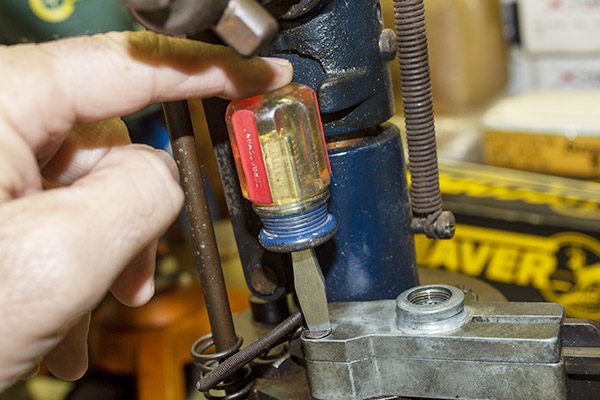
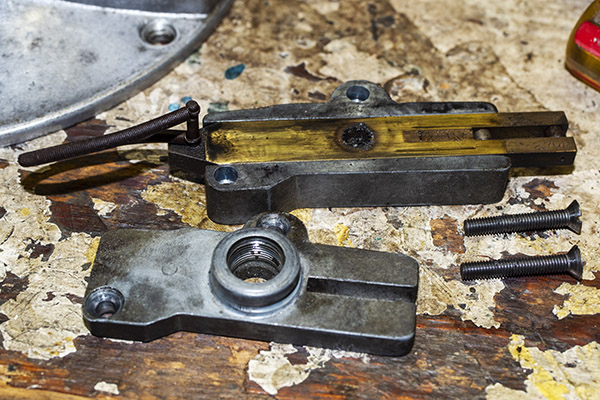
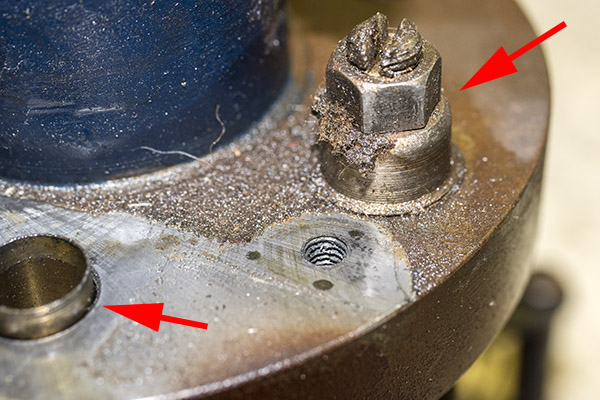
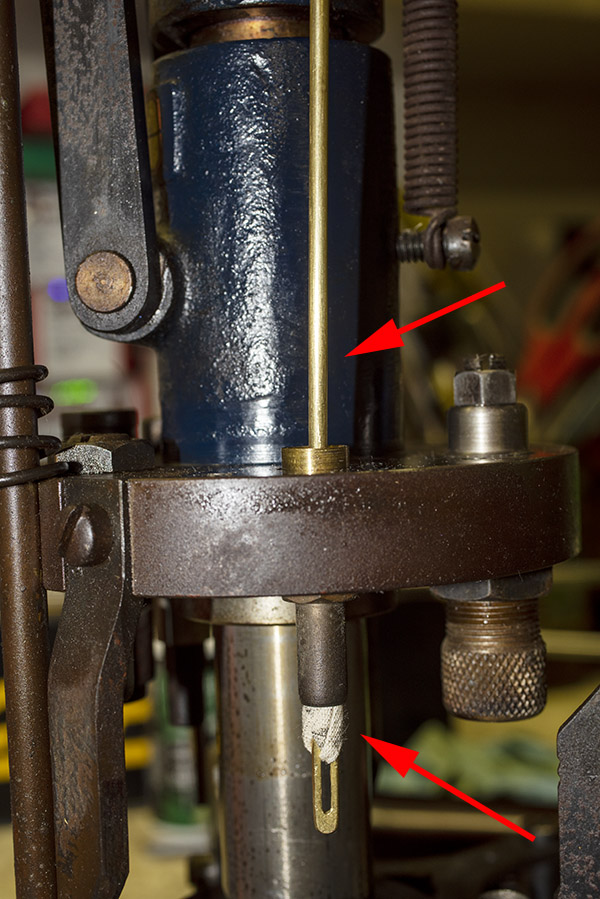
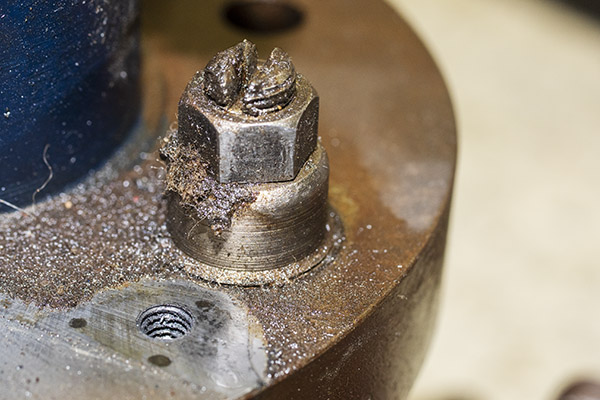
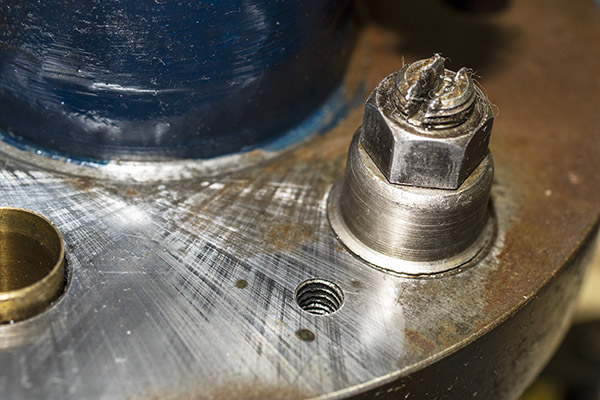
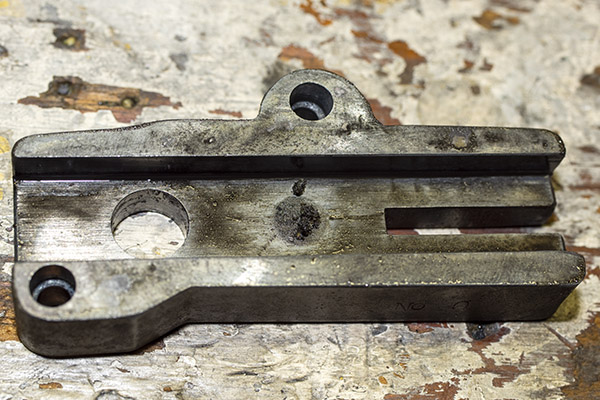
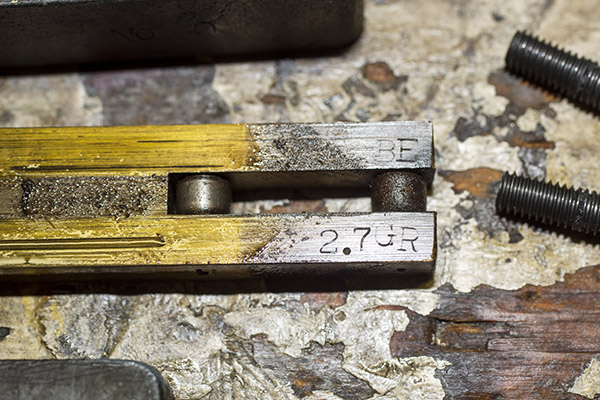
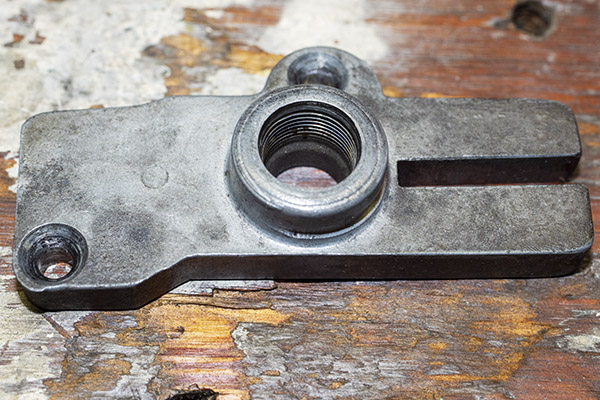
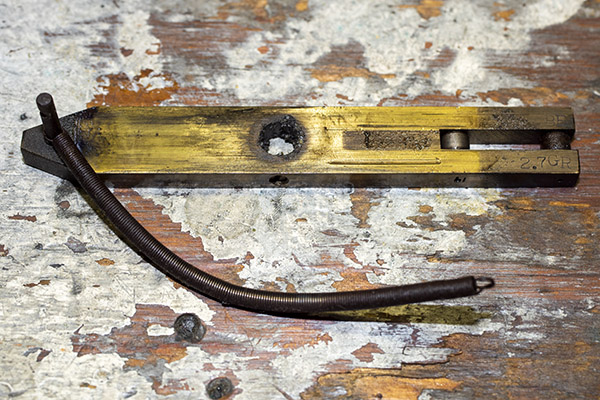
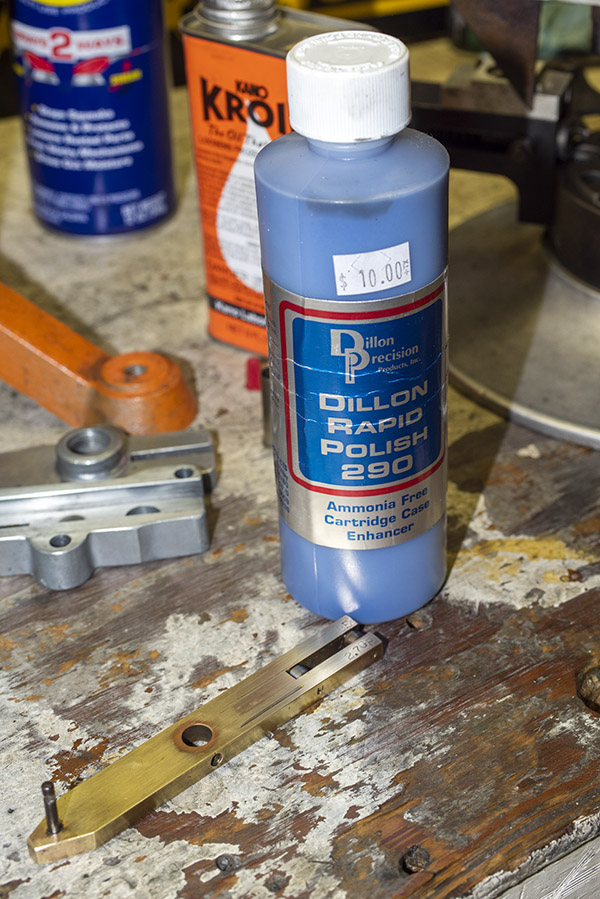
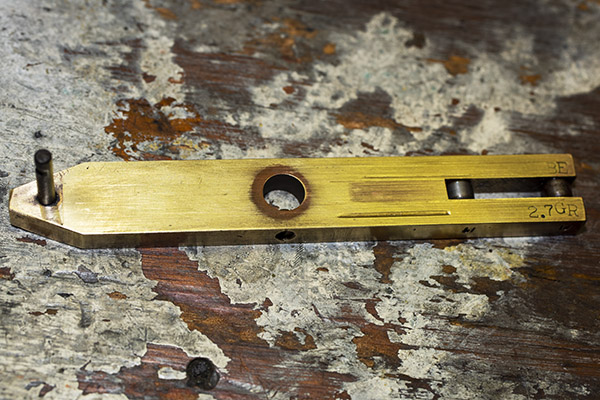
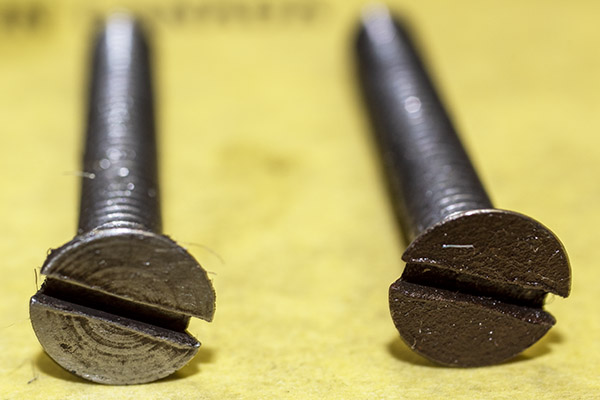
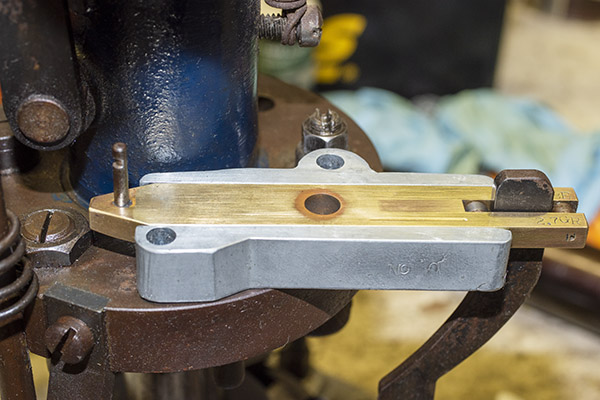
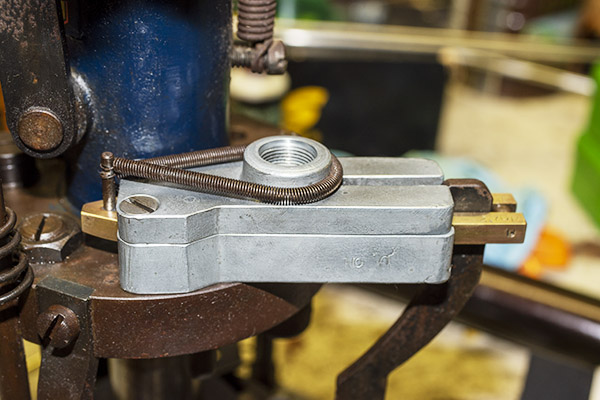
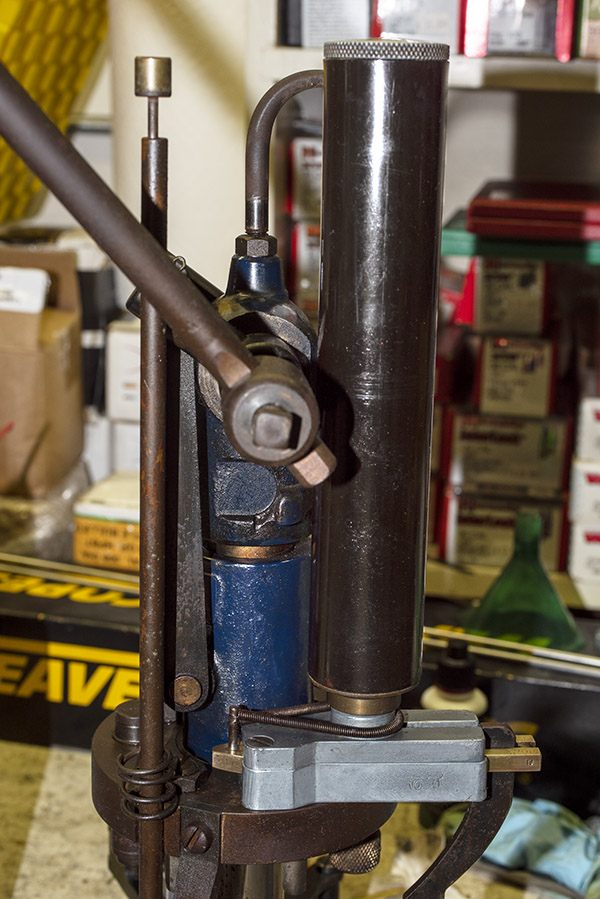
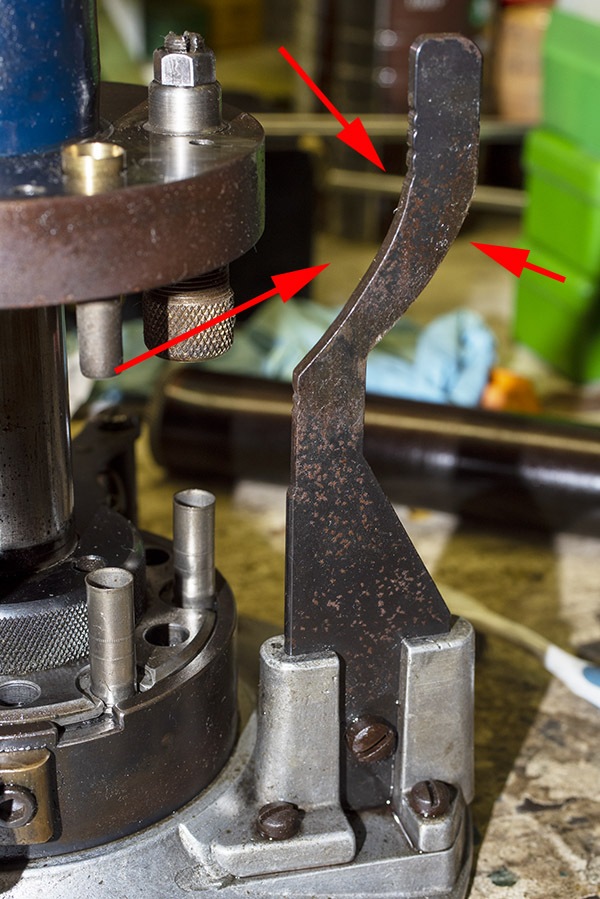
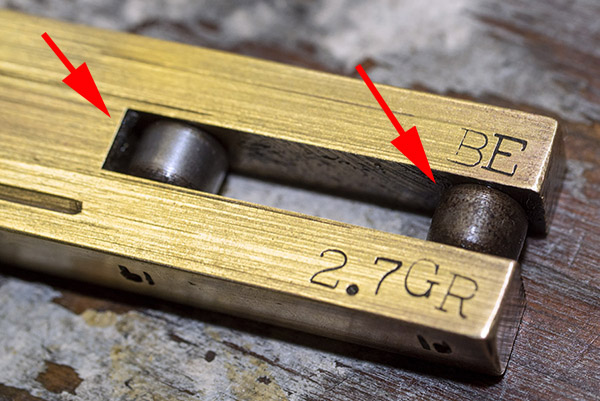
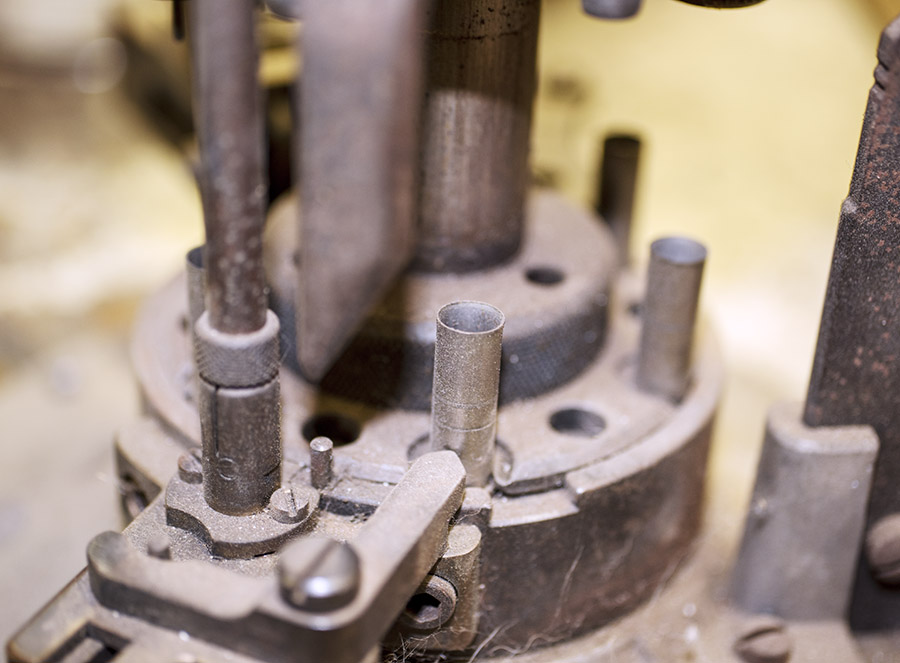
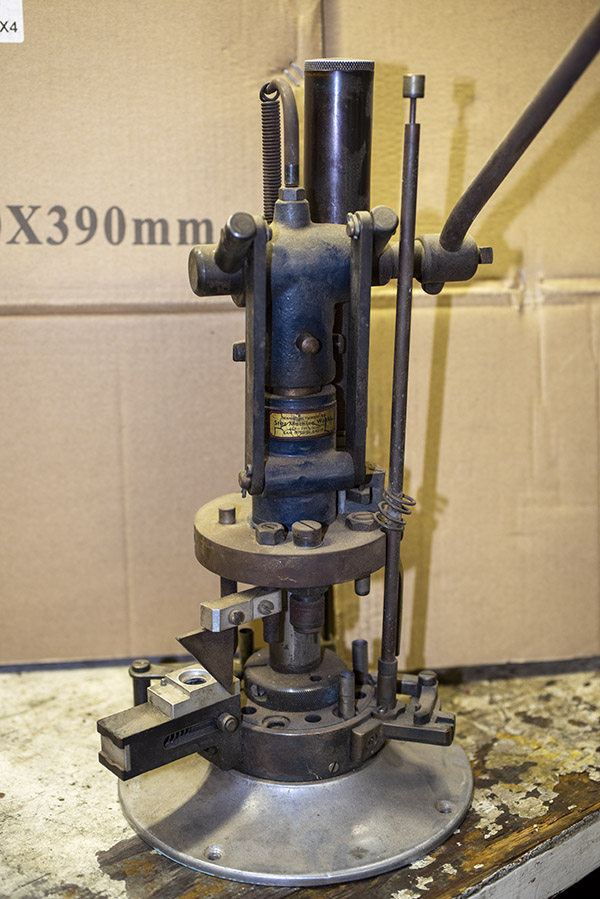
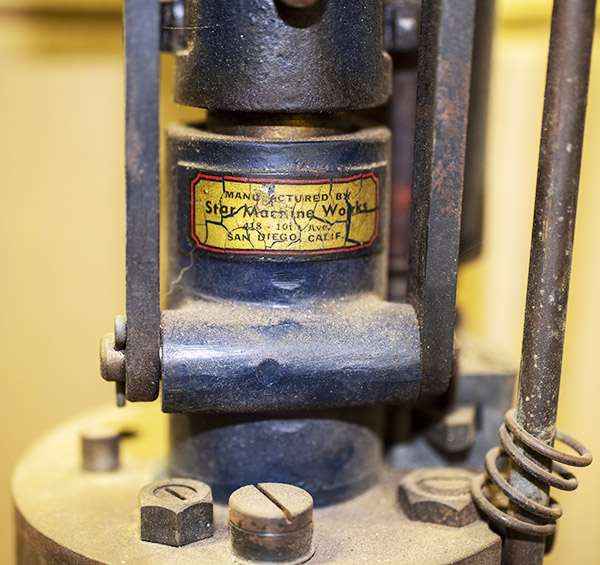
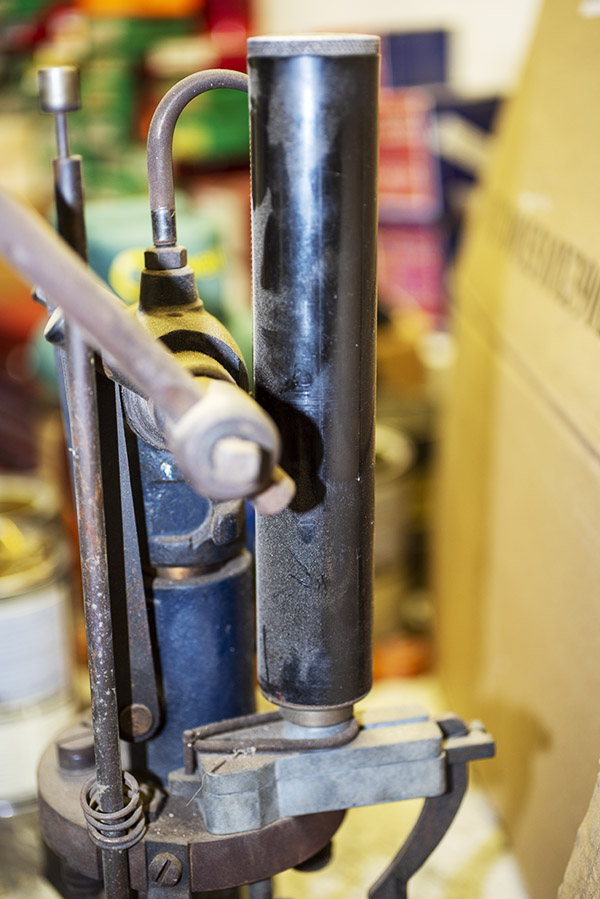
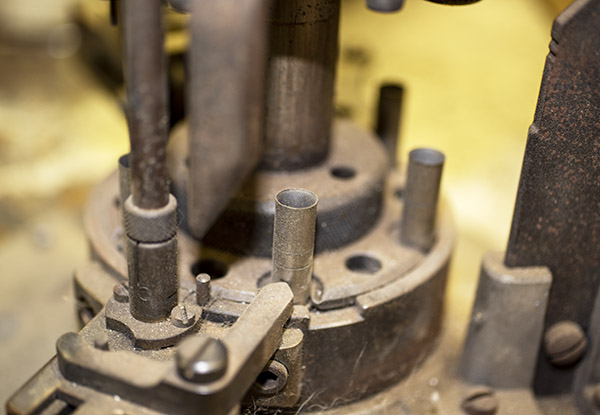

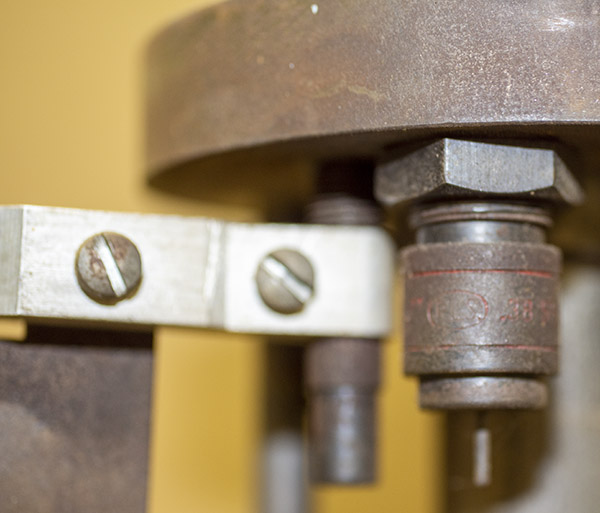
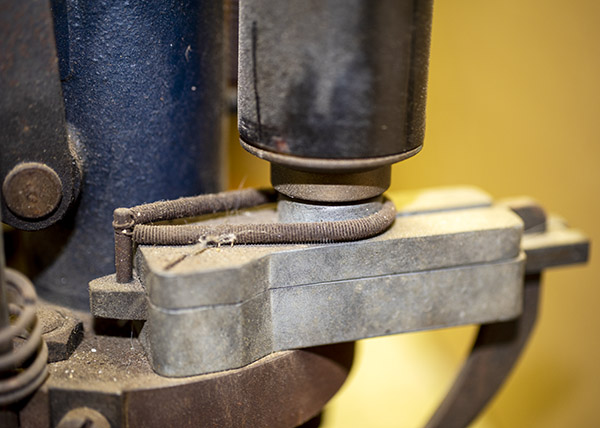
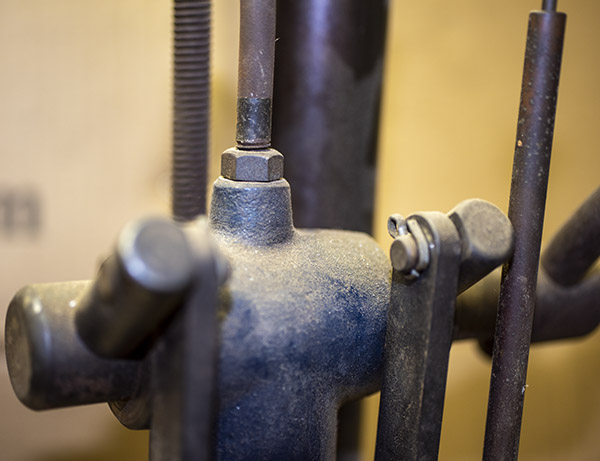
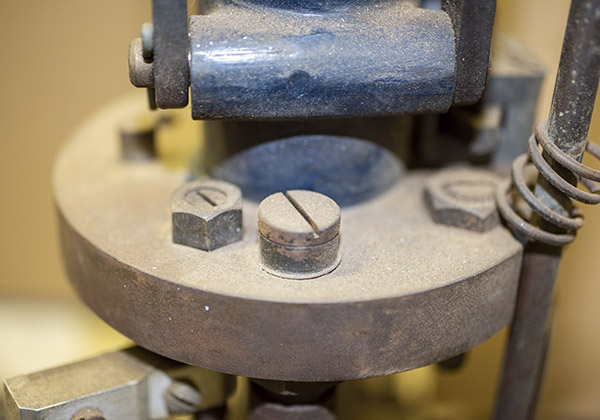
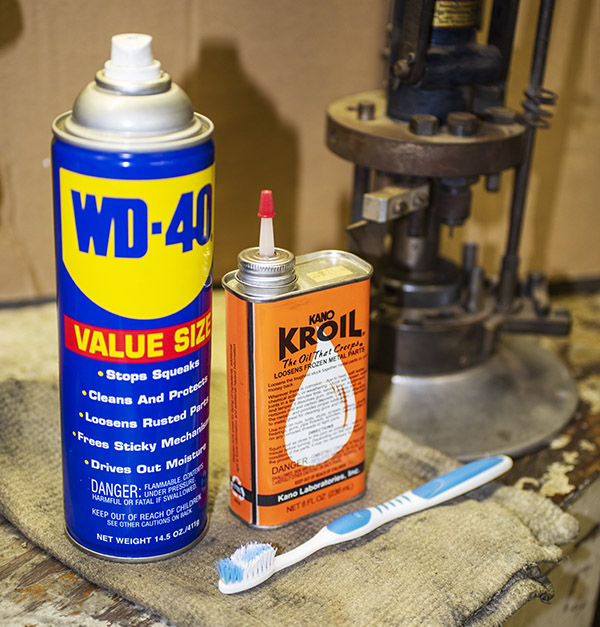
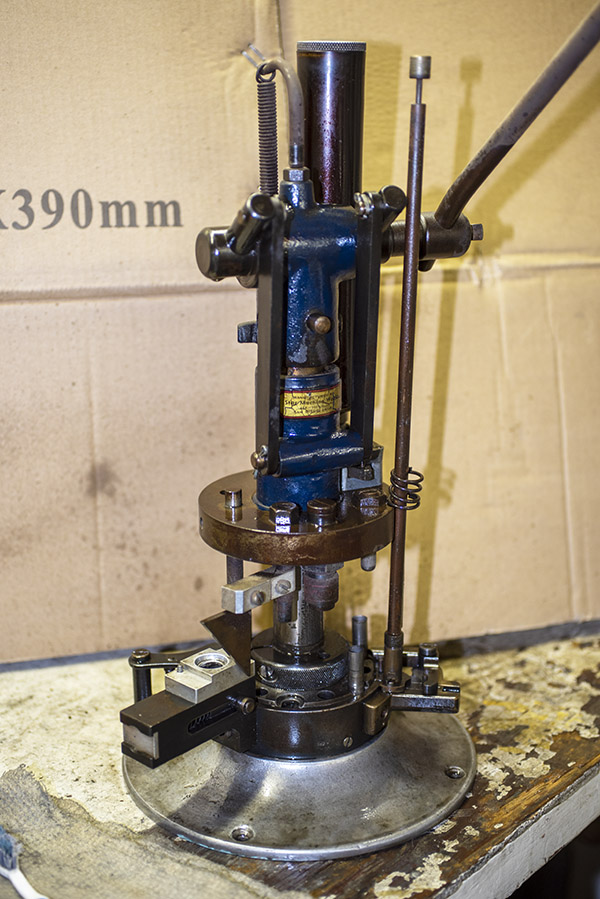
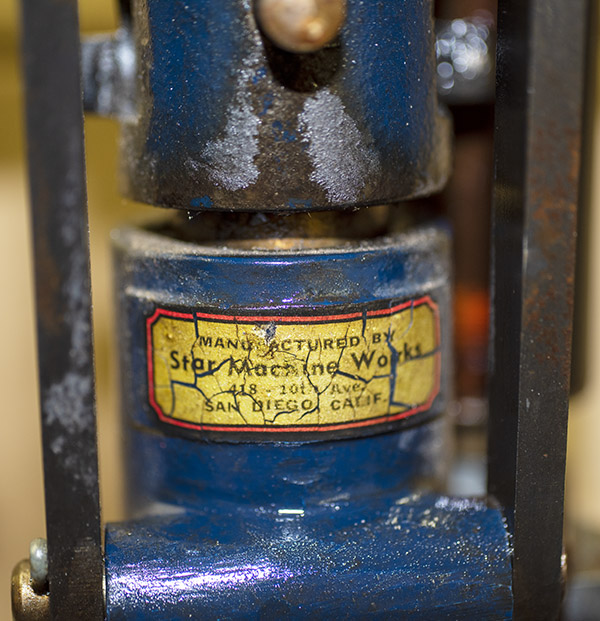
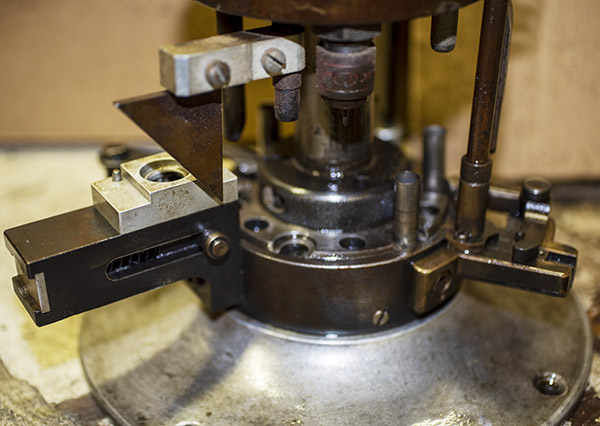

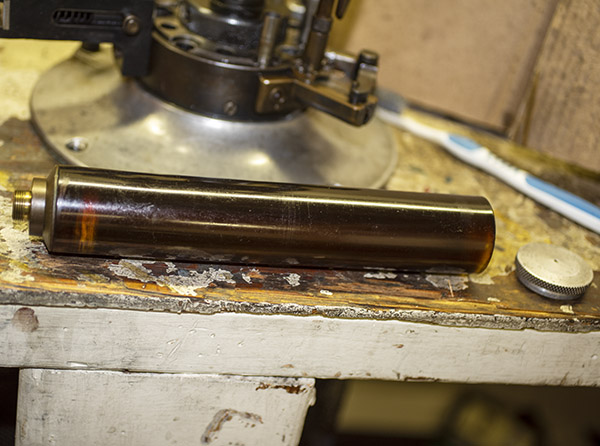
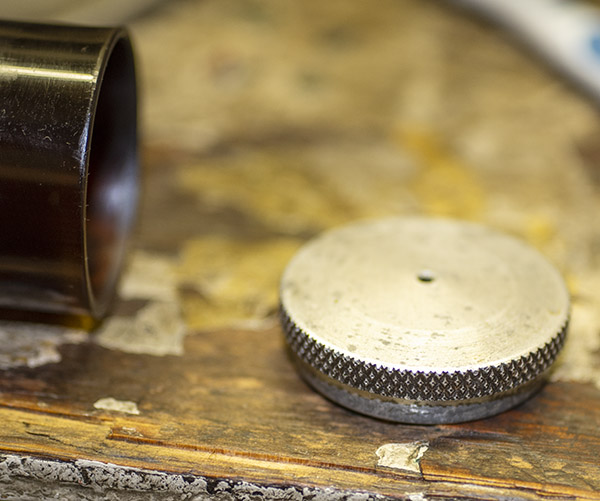
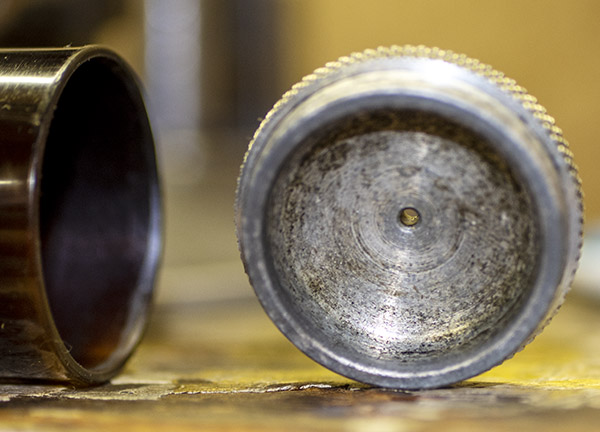
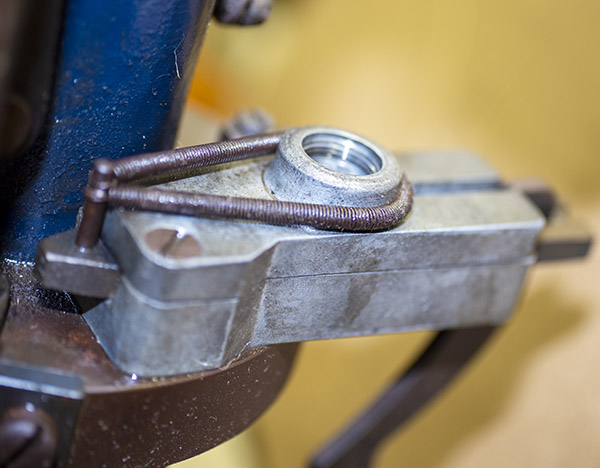
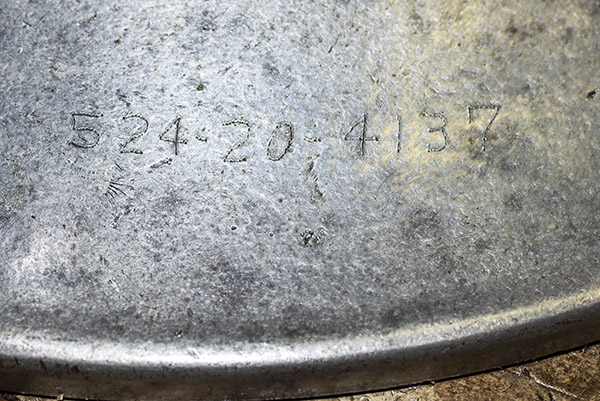
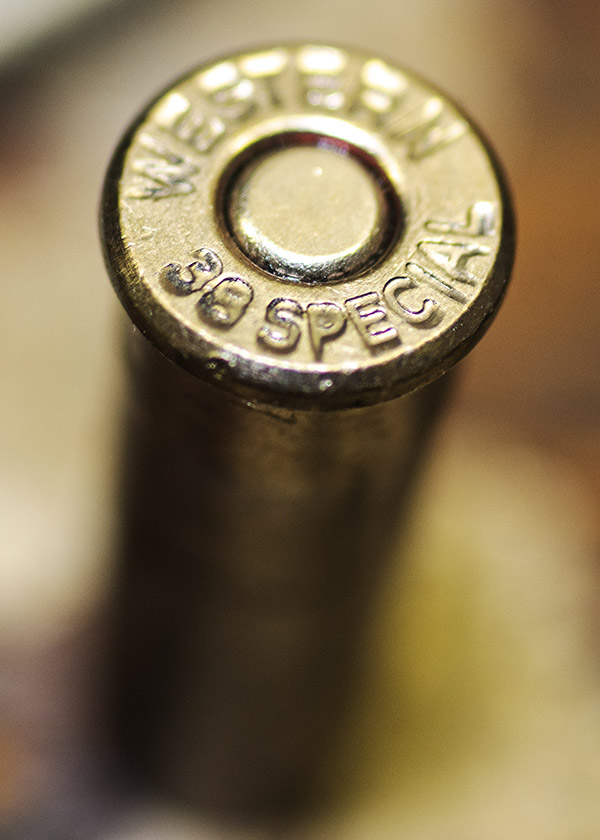
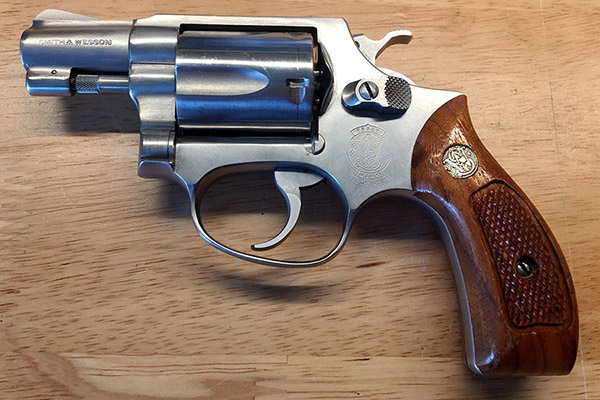
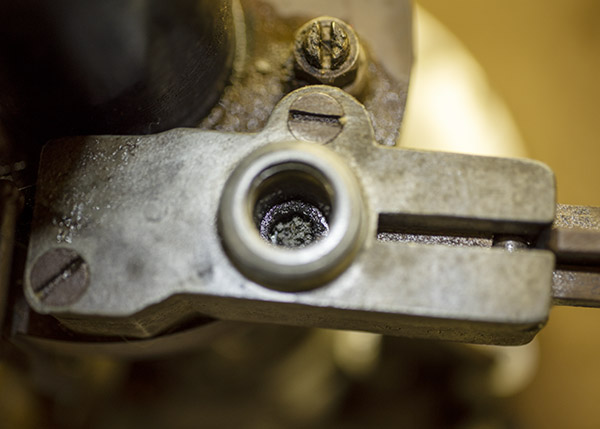
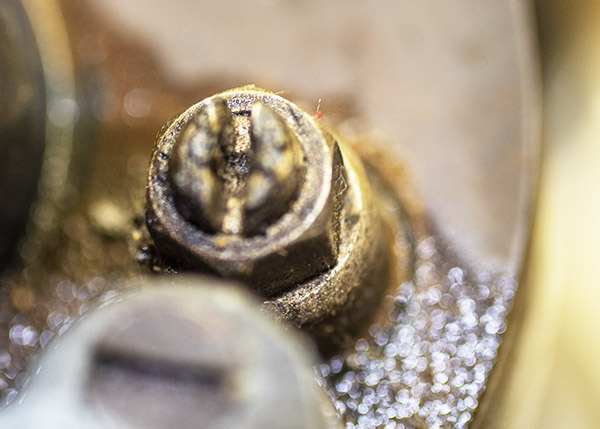
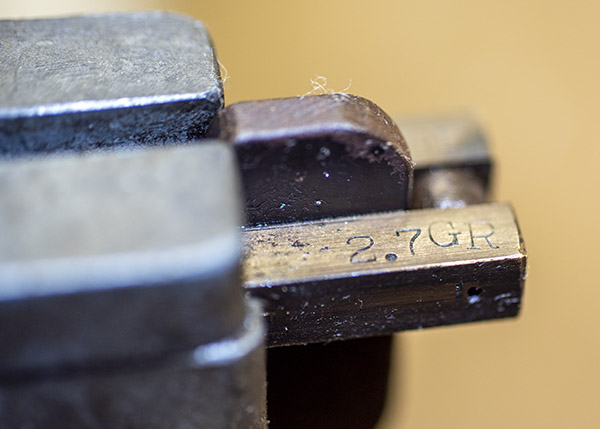
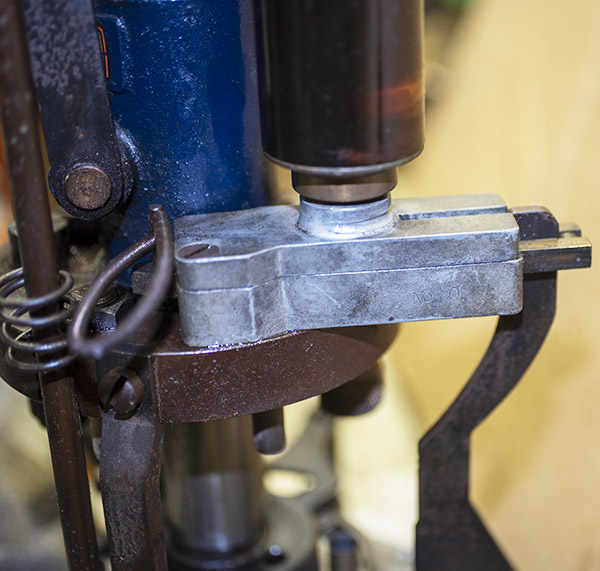








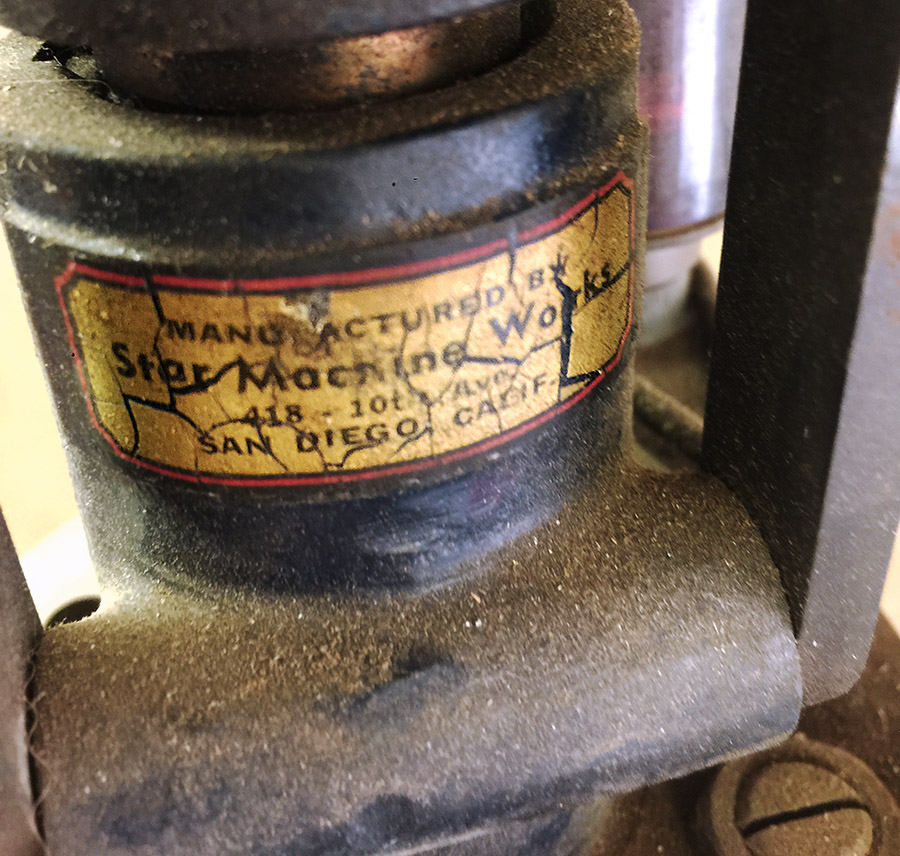
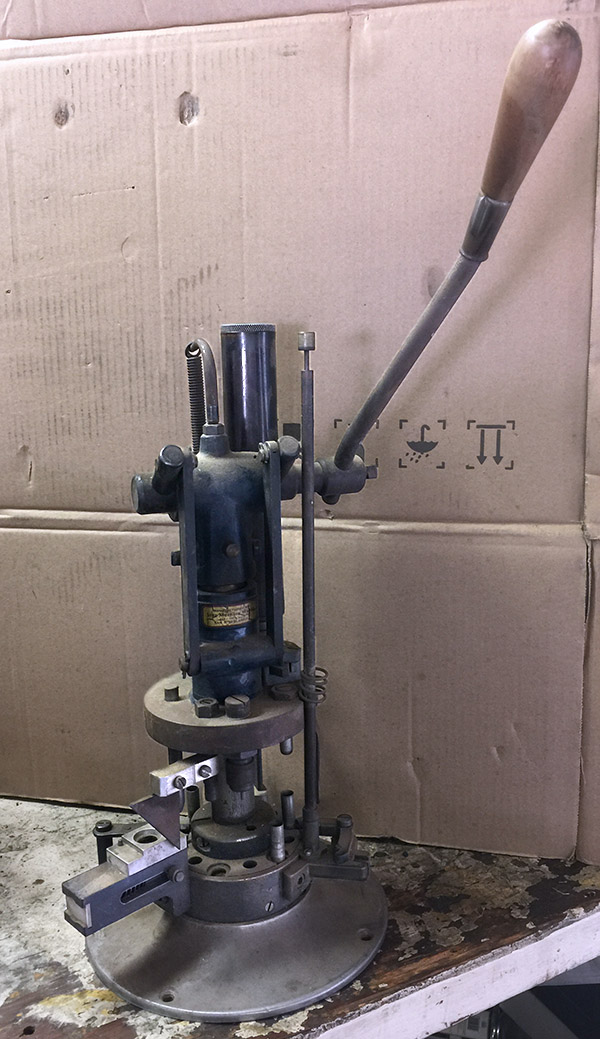
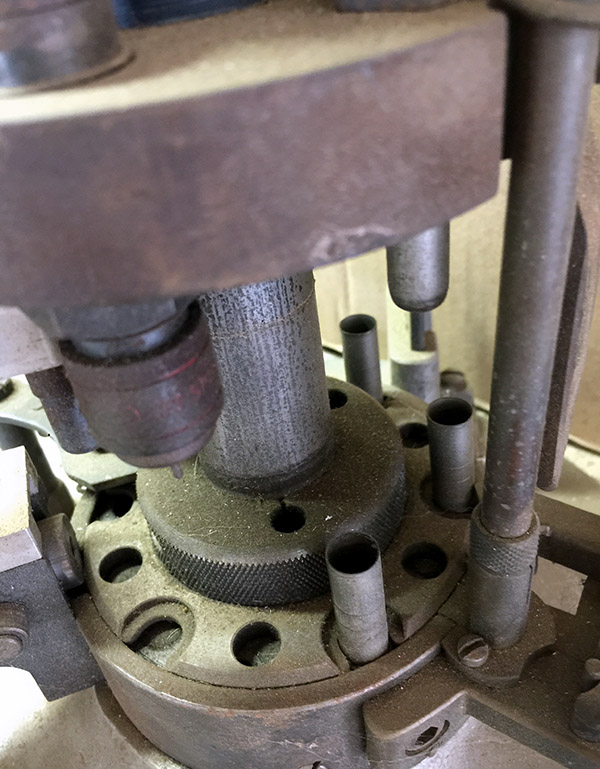
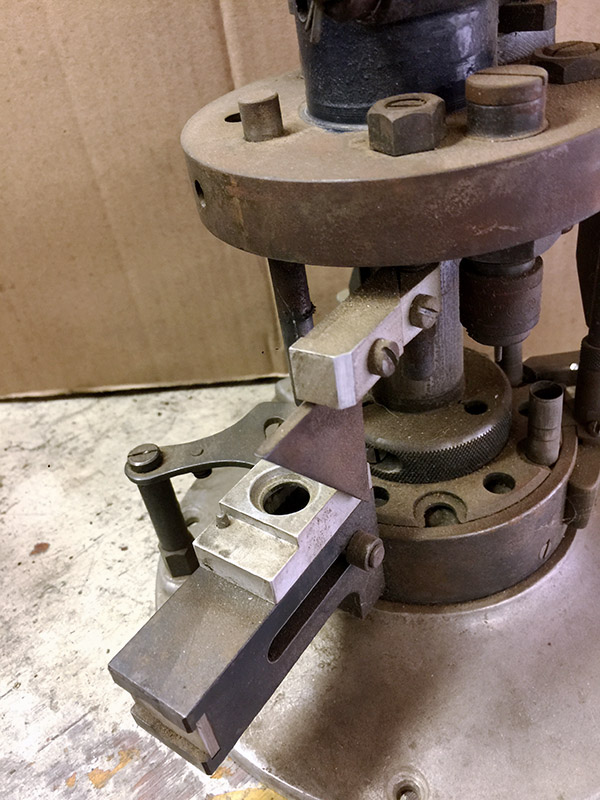
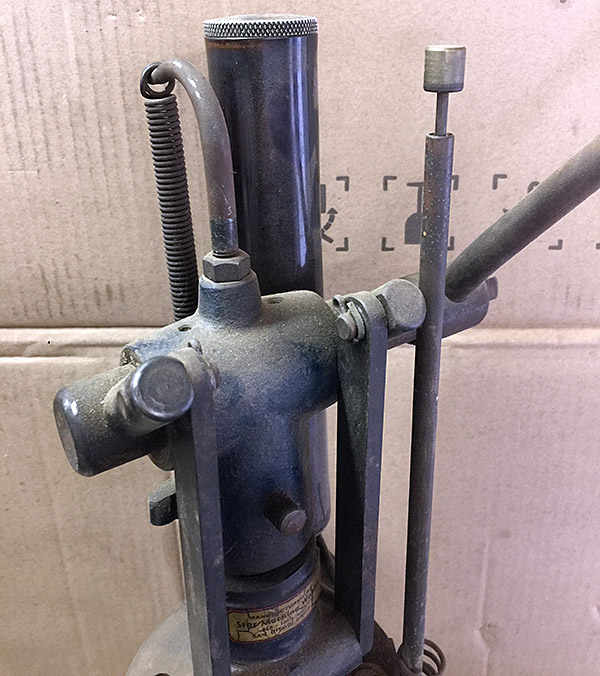
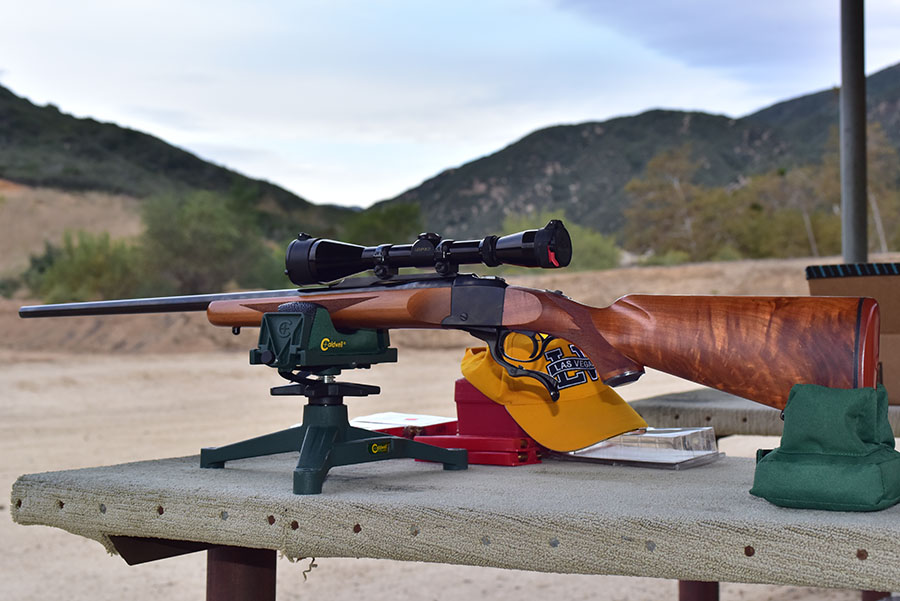

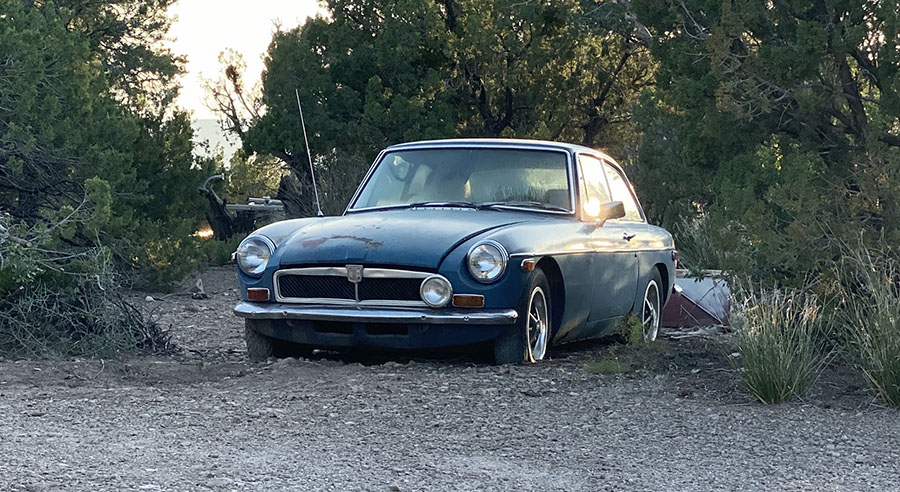
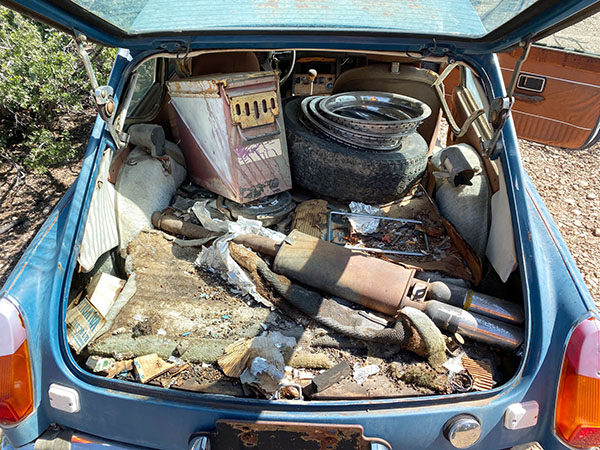
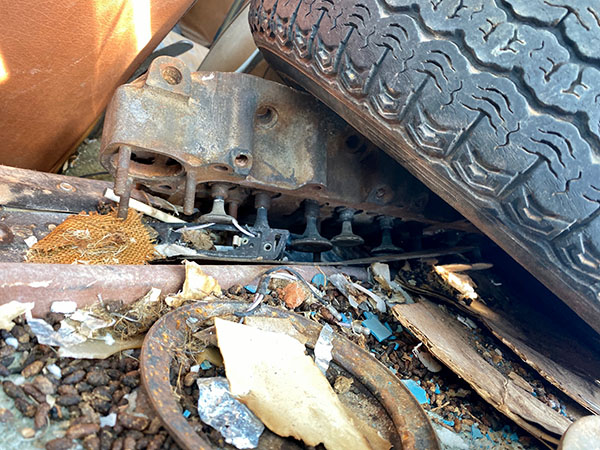
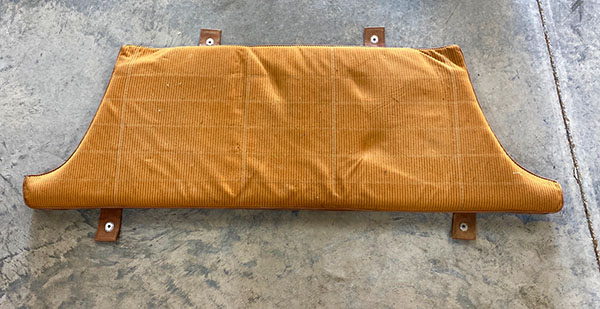
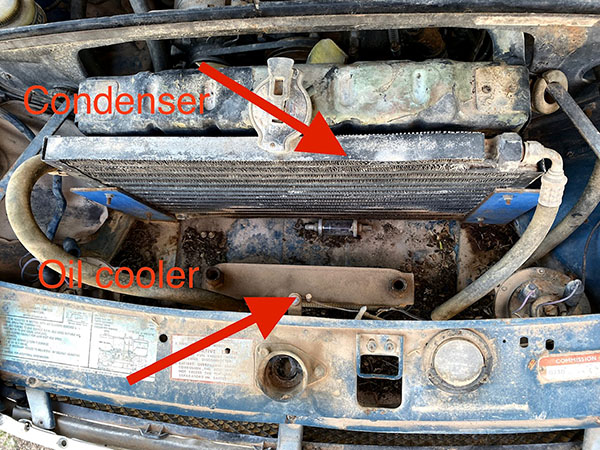
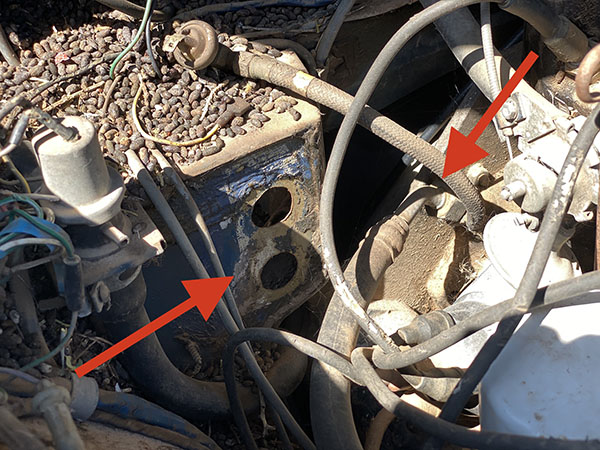
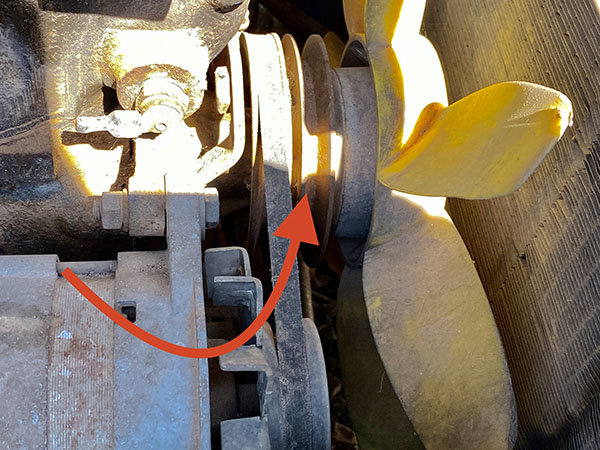
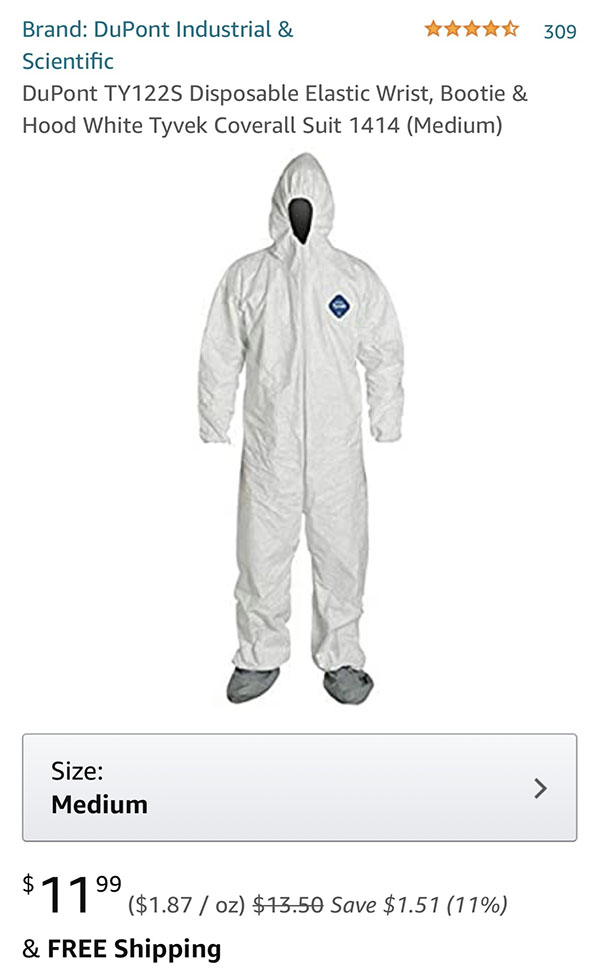


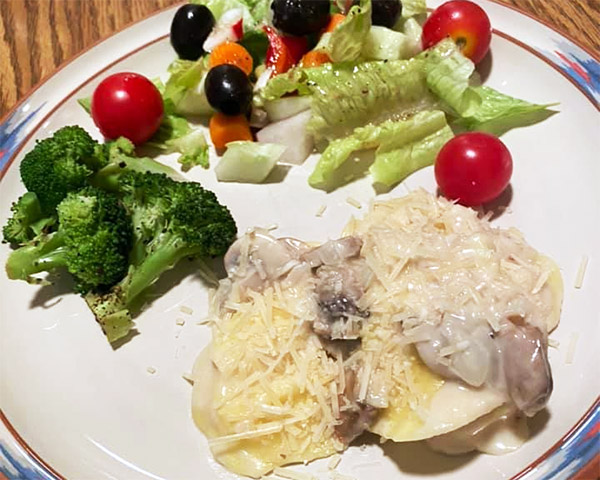

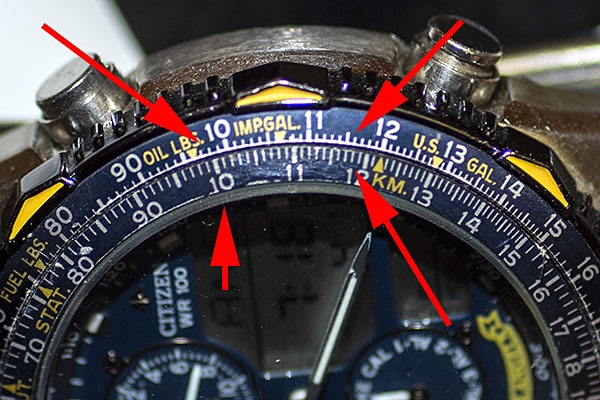
 slide rules can be amazingly accurate. The outer bezel is the numerator, and the inner bezel is the denominator. We went 116 miles and used 1.18 gallons of fuel, so the calculation for mpg is 116 miles/1.18 gallons, or 98.3 mpg (as represented by the two arrows on the right). You read the answer on the outer bezel over the 10 on the inner bezel (as represented by the two arrows on the left). It’s 98.3. Easy, isn’t it?
slide rules can be amazingly accurate. The outer bezel is the numerator, and the inner bezel is the denominator. We went 116 miles and used 1.18 gallons of fuel, so the calculation for mpg is 116 miles/1.18 gallons, or 98.3 mpg (as represented by the two arrows on the right). You read the answer on the outer bezel over the 10 on the inner bezel (as represented by the two arrows on the left). It’s 98.3. Easy, isn’t it?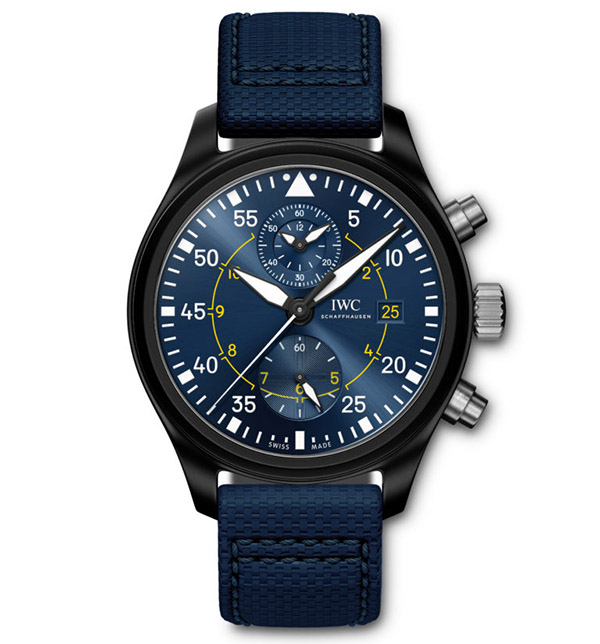

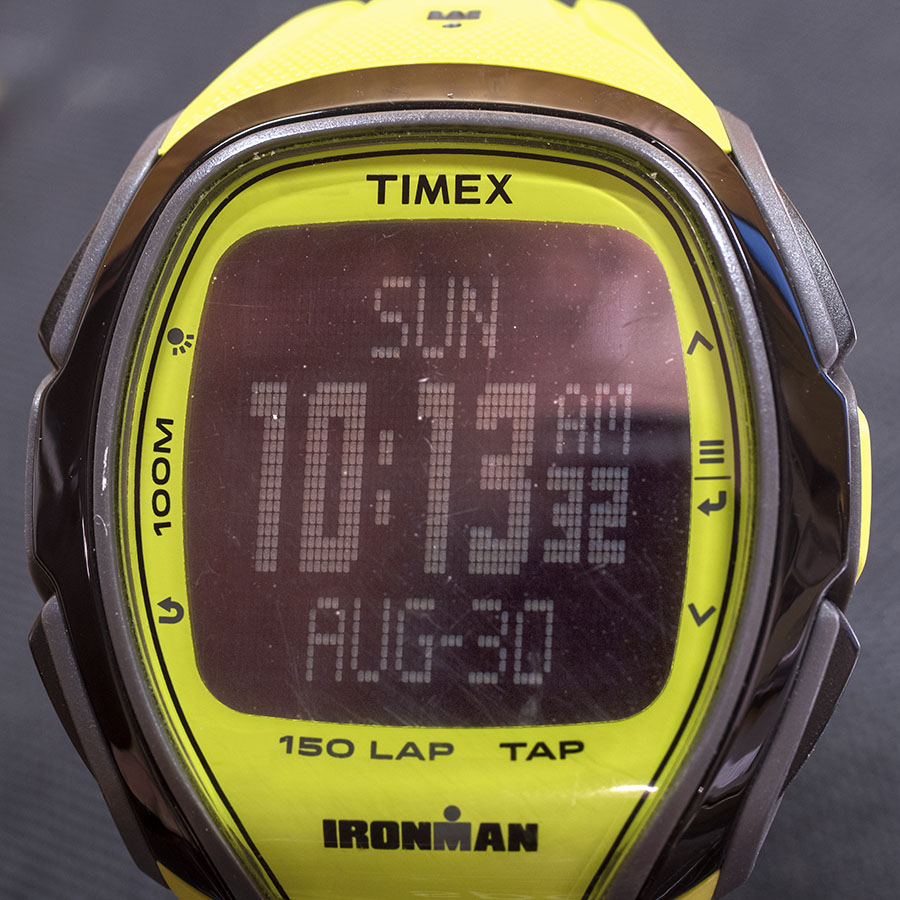
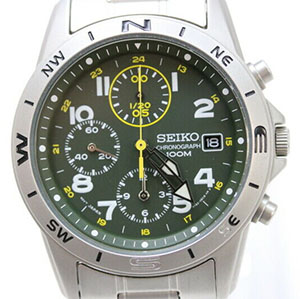 The first one I’ll mention is the green-faced, military-styled Seiko I wore on the Western America Adventure Ride. It’s a quartz watch and it’s not a model that was imported by Seiko’s US distributor (which doesn’t mean much these days; I ordered it new from a Hong Kong-based Ebay store and it was here in two days). But I like the fact that I’ve never seen anybody else wearing this model.
The first one I’ll mention is the green-faced, military-styled Seiko I wore on the Western America Adventure Ride. It’s a quartz watch and it’s not a model that was imported by Seiko’s US distributor (which doesn’t mean much these days; I ordered it new from a Hong Kong-based Ebay store and it was here in two days). But I like the fact that I’ve never seen anybody else wearing this model.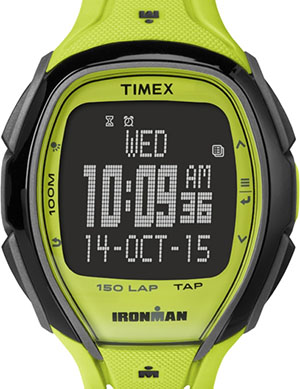 Next up is the safety-fluorescent-green Timex
Next up is the safety-fluorescent-green Timex 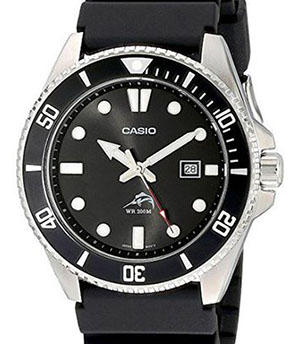 The last one is a
The last one is a 